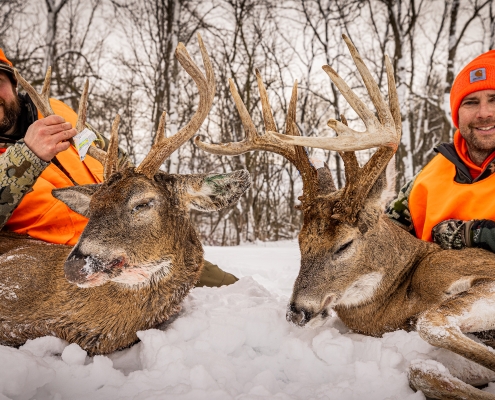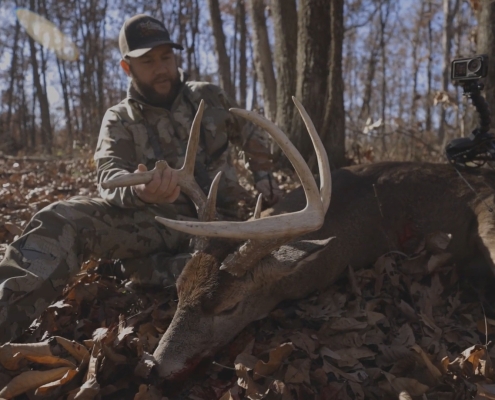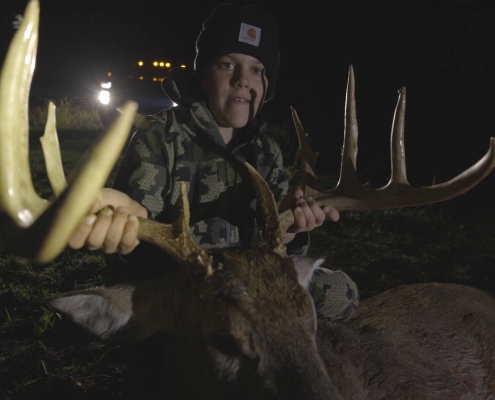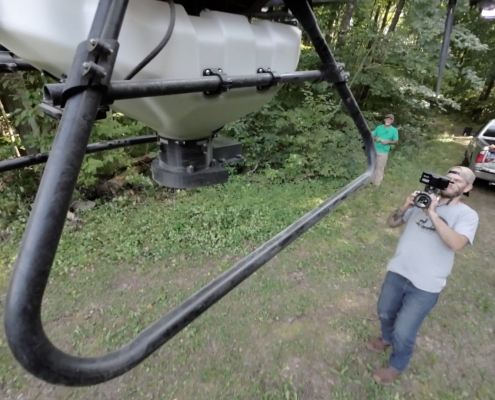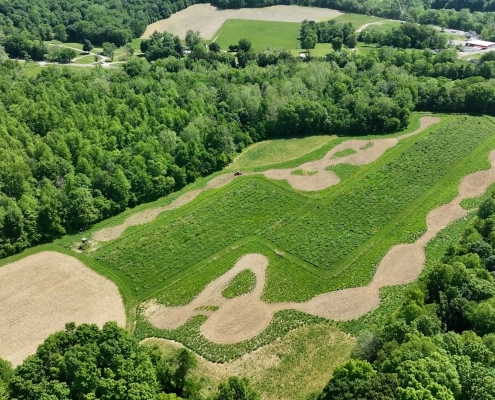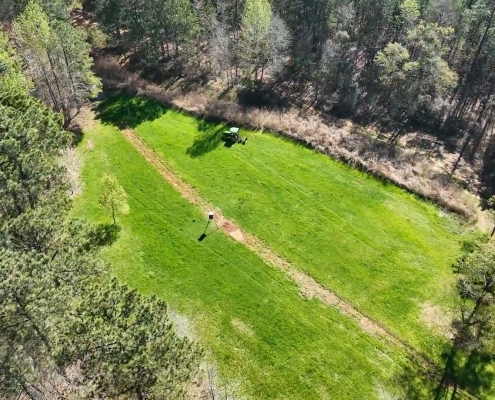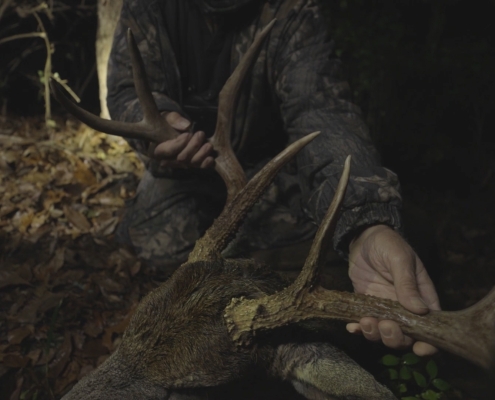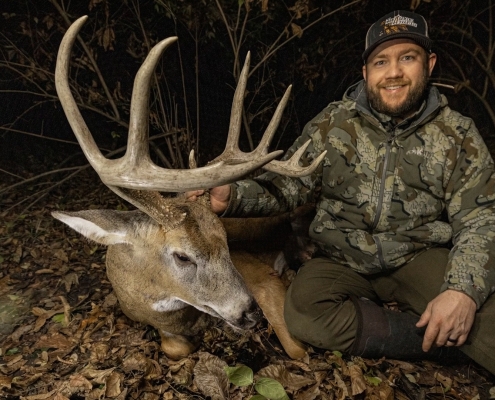Native Warm Season Grasses
Switchgrass and other native warm season grasses offer deer managers a variety of different uses. The key to the success of a stand of warm season grasses is dependent upon having a plan from the start.
The main purpose for many land managers that plant switchgrass is to provide bedding cover. In areas of the midwest where agriculture is abundant, switchgrass provides cover that can be lacking on many farms. It can be planted thick as a solid monoculture to maximize the amount of cover on a farm or thinner to allow beneficial weeds in the stand. Doing so, provides food that equals cover which is the best of both worlds. If you’re looking to benefit game birds and turkeys as well as deer, then the native grasses should be planted thin enough that there is room at ground level for them to get through. The final result of what you plant simply relies upon your goals for your farm.
Another great use for stands of native warm season grasses is cover strips or edge effects. For example, an entry/exit route leading up to a food plot. Rather than leaving your route wide open to your stand, plant a narrow strip of switchgrass along the edge of the food plot to conceal yourself while entering and exiting the site. You could also plant it on other sides of food plots to completely screen it off. This will help deer utilizing the plot to feel more secure and more apt to using it during daylight. There are a number of species that can be planted to provide screening cover, but switchgrass is the most cost effective and least time consuming since it won’t need planted year after year.
Native warm season grasses have a variety of uses and can help fill a number of gaps on your property. They can not only help provide abundant bedding cover on your farm, but also screening cover and food to improve the deer hunting on your property and increase the stress tolerance. The key is having a plan that meets your management goals.





